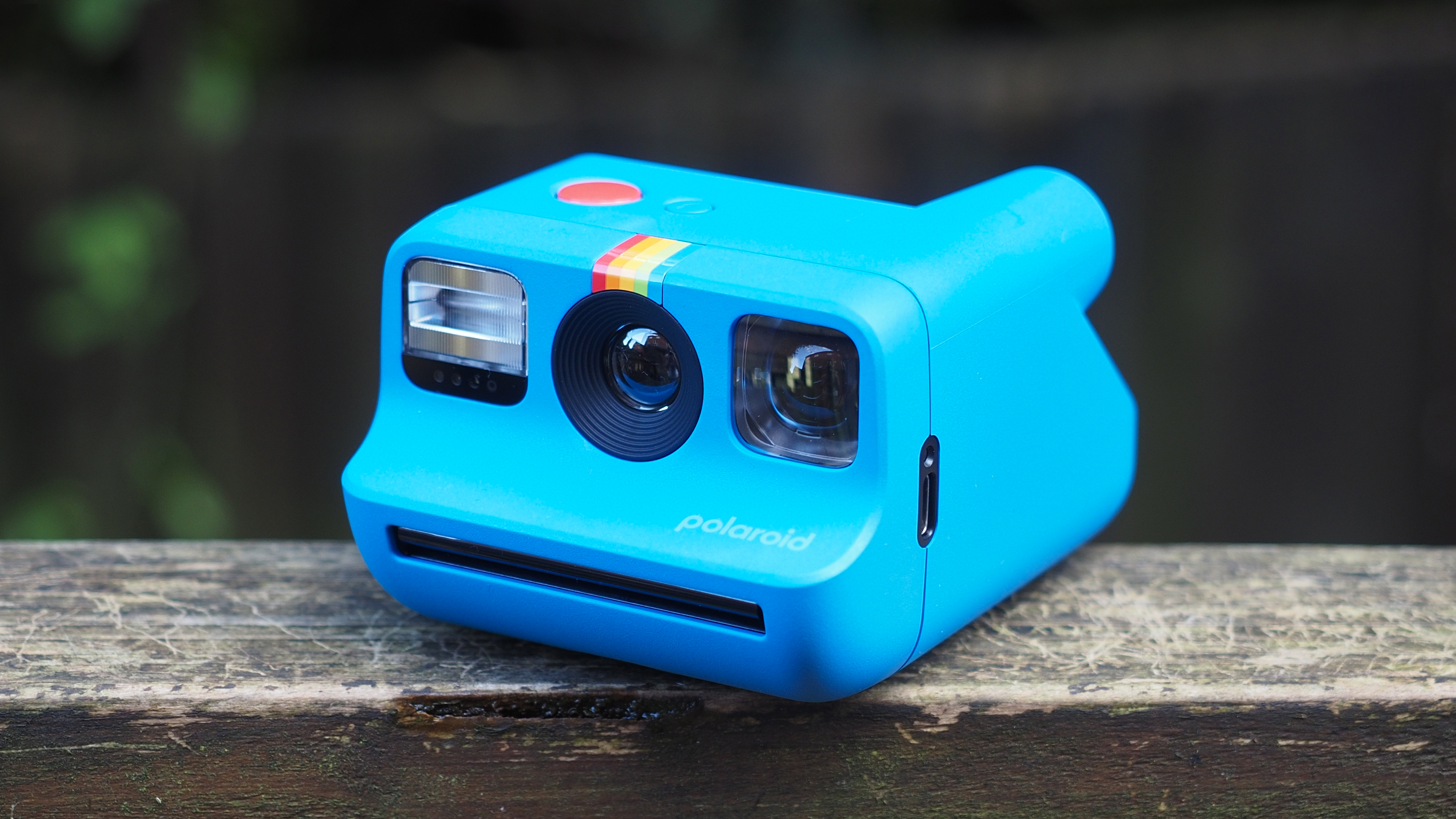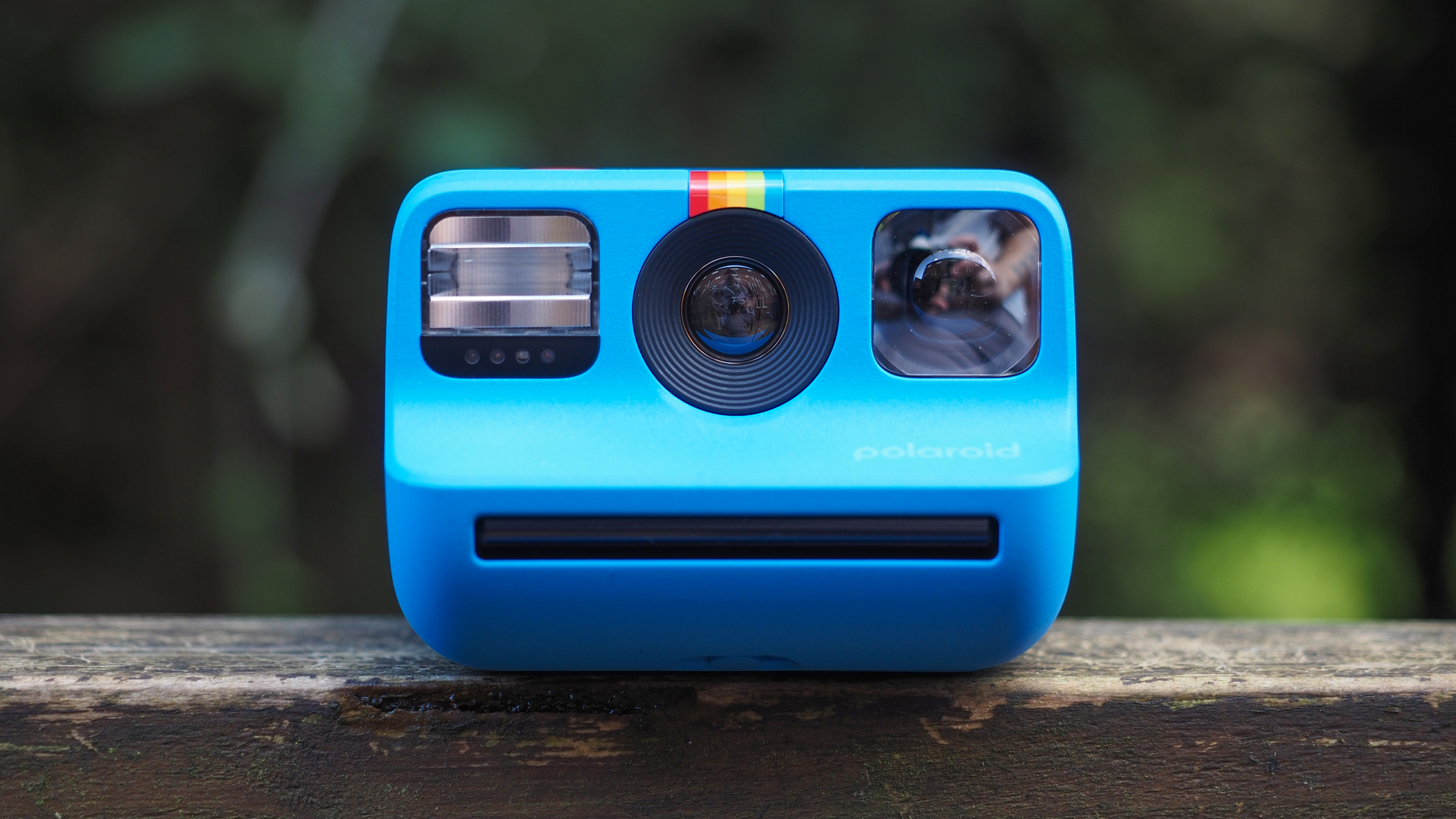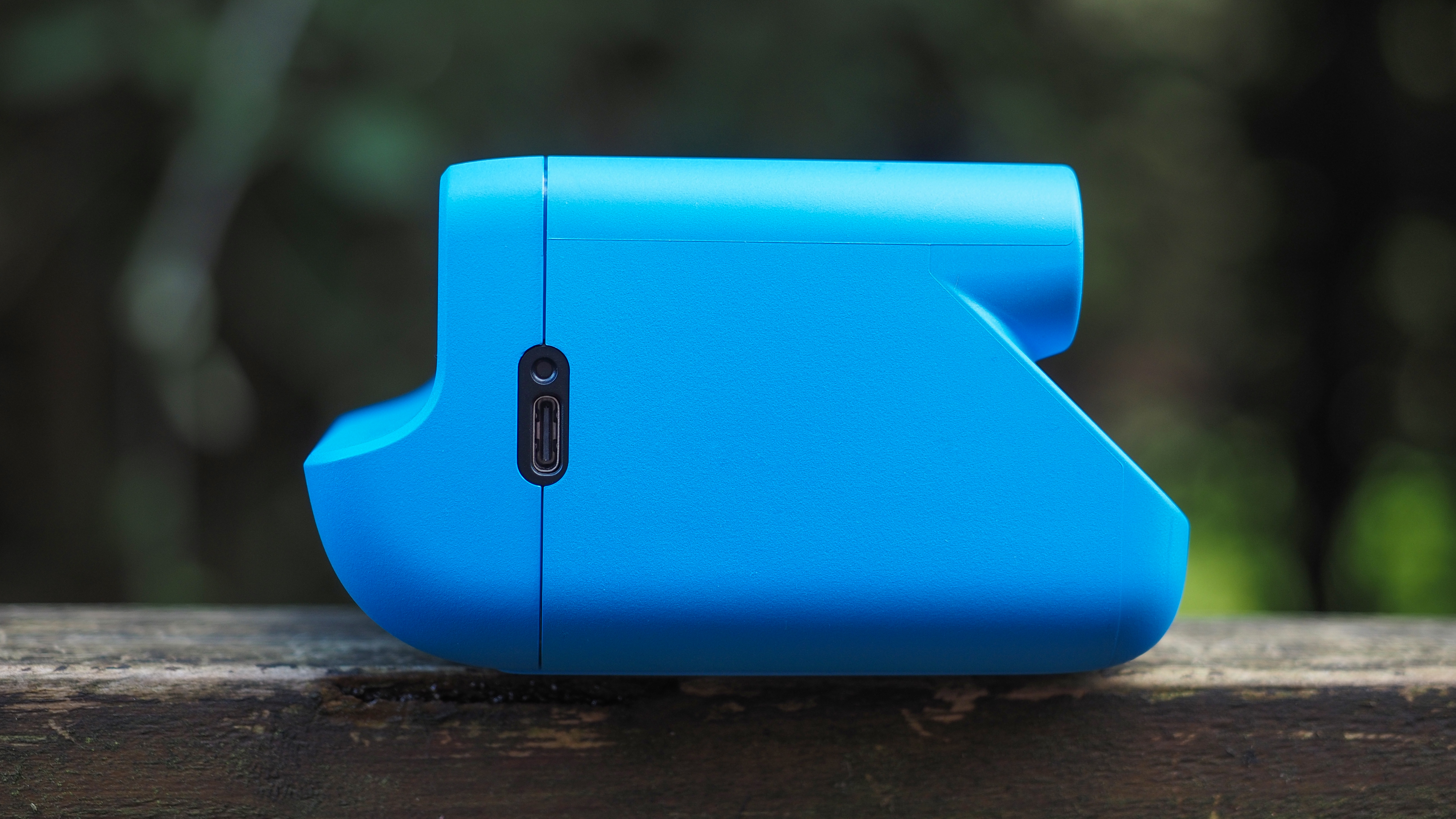Digital Camera World Verdict
The Polaroid Go Generation 2 aims to address the original model's exposure inconsistency, with an improved light meter and aperture range, while also adding a USB-C connection. While exposure has definitely improved, I still found that it leans towards overexposing when outdoors. The Go is great for indoor and people pictures, it's the cutest camera you'll ever own, and it's an instant conversation starter. Just be aware that Instax Mini images are conventionally better and cheaper, so it's down to how much you love the Polaroid look.
Pros
- +
Cute and compact
- +
Loaded with features
- +
Improved exposure
Cons
- -
Film is pricey
- -
Image quality not for everyone
- -
Outdoor overexposure
Why you can trust Digital Camera World
In case you missed it first time around, or if you're wondering what's different about this one versus the original, the Polaroid Go Generation 2 is officially the world's smallest analog instant camera. Yes, even smaller than the Instax Minis.
And not just in terms of the cameras themselves; the Polaroid Go film format is also smaller than Instax Mini film – and, crucially, it's also square, just like you get on full-size Polaroids.
Size aside, though, is the Polaroid Go Generation 2 actually a good camera? There were some complaints about the OG version when it came to exposure, but the Gen 2 boasts a new metering system and a different aperture range. Has it made a difference?







Polaroid Go Generation 2: Specifications
| Film type | Polaroid Go (ASA 640, 66.6 x 53.9 mm (image area 47 x 46 mm)) | Row 0 - Cell 2 |
| Lens | 34mm (full-frame equivalent) | Row 1 - Cell 2 |
| Shutter speed | 1/300 - 1sec | Row 2 - Cell 2 |
| Aperture | f/9 and f/42 | Row 3 - Cell 2 |
| Flash | Automatic (with override) | Row 4 - Cell 2 |
| Power | USB-rechargeable lithium-ion 750mAh battery, 120 exposures | Row 5 - Cell 2 |
| Dimensions | 105 x 84 x 62mm | Row 6 - Cell 2 |
| Weight | 239g (without film pack) | Row 7 - Cell 2 |
Polaroid Go Generation 2: Pricing
The Polaroid Go Generation 2 is available for US$79.99 / £79.99 / AU$129.95. Its closest competitor would be the Instax Mini 12, which carries a US$79.99 / £79.99 / AU$119.95 RRP. Bear in mind, however, that while the cameras are the same price, they shoot on film – and you have to pay for every shot you take.
Polaroid Go film works out more expensive (US$1.24 per shot) than Instax Mini film (US$0.79 per shot). Go film can only be bought in double-packs of 16 shots, while Mini film can be bought in single packs of 10. Either way, you'll spend more per pack and per shot with the Polaroid.

Polaroid Go Generation 2: Design and handling
The Gen 2 has an identical design to the original Polaroid Go with two exceptions: it is marginally lighter, at 239g compared to 242g (without a film pack), and it now features a USB-C connection for charging.
Aside from the fact that it now comes in blue and red, in addition to white and black, it's externally the same impossible tiny and irresistibly cute camera it always was. It literally looks like a Polaroid Now that's been shrunk in the wash, with small but perfectly formed buttons and viewfinder.
Its "Honey I Shrunk the Kids size" is obviously its main appeal in terms of aesthetics, but it also handles wonderfully. A lot of instant cameras have the viewfinder in a funky place, or end up having to put the shutter somewhere weird, but I love how the Go just pinches perfectly between my thumb and forefinger.
I've found that kids really love this camera, too, because it's the ideal size for little hands. Though I recommend that you pick up the official Polaroid case for transporting it, as twice it has taken shots when I've carried it loose in my camera bag (after something somehow jammed its tiny power button and then squished the shutter).
Like its predecessor, no discussion of the Polaroid Go Generation 2 can occur without discussing how small it is compared to its Instax rivals. Below I've taken some comparison shots next to the Instax Mini 12, and as you can see it's a considerably smaller camera when it comes to the way you hold it when shooting – but in fairness, when you lay them flat the size difference isn't as huge.




Polaroid Go Generation 2: Performance
Okay, some context on why the Polaroid Generation 2 exists (aside from the USB-C port). Some users were having issues with exposure on the original version – but while, as I wrote in my review of the OG Go, I experienced a lot of overexposure issues, the overwhelming complaint was actually about underexposure.
I've used a number of Gos, and my experience was always the same: it didn't always like shooting outdoors in bright light, and was prone to blowing out highlights – but indoors, or in more overcast outdoor light, it was fine.
However, I've seen some people online that had the exact opposite problem: unless they were shooting in the bright light that I found so problematic, their indoor and outdoor shots alike were always underexposed and everything was lost in shadow.

To address these inconsistencies, Polaroid added a new light meter, adjusted the apertures of the paired lenses (from f/12 and f/52 on the Go to f/9 and f/42 on the Gen 2) and slightly upped the max shutter speed (from 1/250 to 1/300 sec).
If you're someone who experienced the underexposure issues on the OG Go, there is no doubt that the Gen 2 sorts those problems. For me, though, my experience was much the same with both cameras. The latest Go feels a little less prone to blowing out skies, but overall this really remains a party camera: great for use when photographing people, particularly indoors.
It produces the signature, desaturated, cyan-heavy hues of Polaroid photography, which you'll either love or you won't. There's no question that Instax photographs are sharper, more contrasty, have better colors, and are by most metrics "better" pictures… but if you love the way Polaroids behave, there's nothing else like it.
Polaroid Go Generation 2: Samples
To help illustrate the differences between the Polaroid Go Gen 2 and the Instax Mini 12, I went out and shot a bunch of comparison images with both cameras so you can see how they behave and perform.




Polaroid Go Generation 2: Verdict
I absolutely love the Polaroid Go Generation 2 – but you need to know how to get the best out of the camera. As you can see from the samples above, this isn't a camera for outdoor landscapes or sightseeing shots; it's a camera for taking people pictures, ideally indoors, and it benefits from having a subject to lock in exposure. So I use this as a party camera, for taking fun shots of friends and family.
It's always going to be a camera that takes "character" photos, charged with a vintage aesthetic. If you want photos with consistent, conventionally better image quality, you'll be happier with the Instax Mini 12.
If you love that Polaroid look, though, the Go offers features that the 12 lacks – such as double exposures and self-timer shooting – as well as optional extras like clip-on color gel filters. And gosh darn it, this is still the cutest camera ever made.


James has 22 years experience as a journalist, serving as editor of Digital Camera World for 6 of them. He started working in the photography industry in 2014, product testing and shooting ad campaigns for Olympus, as well as clients like Aston Martin Racing, Elinchrom and L'Oréal. An Olympus / OM System, Canon and Hasselblad shooter, he has a wealth of knowledge on cameras of all makes – and he loves instant cameras, too.

